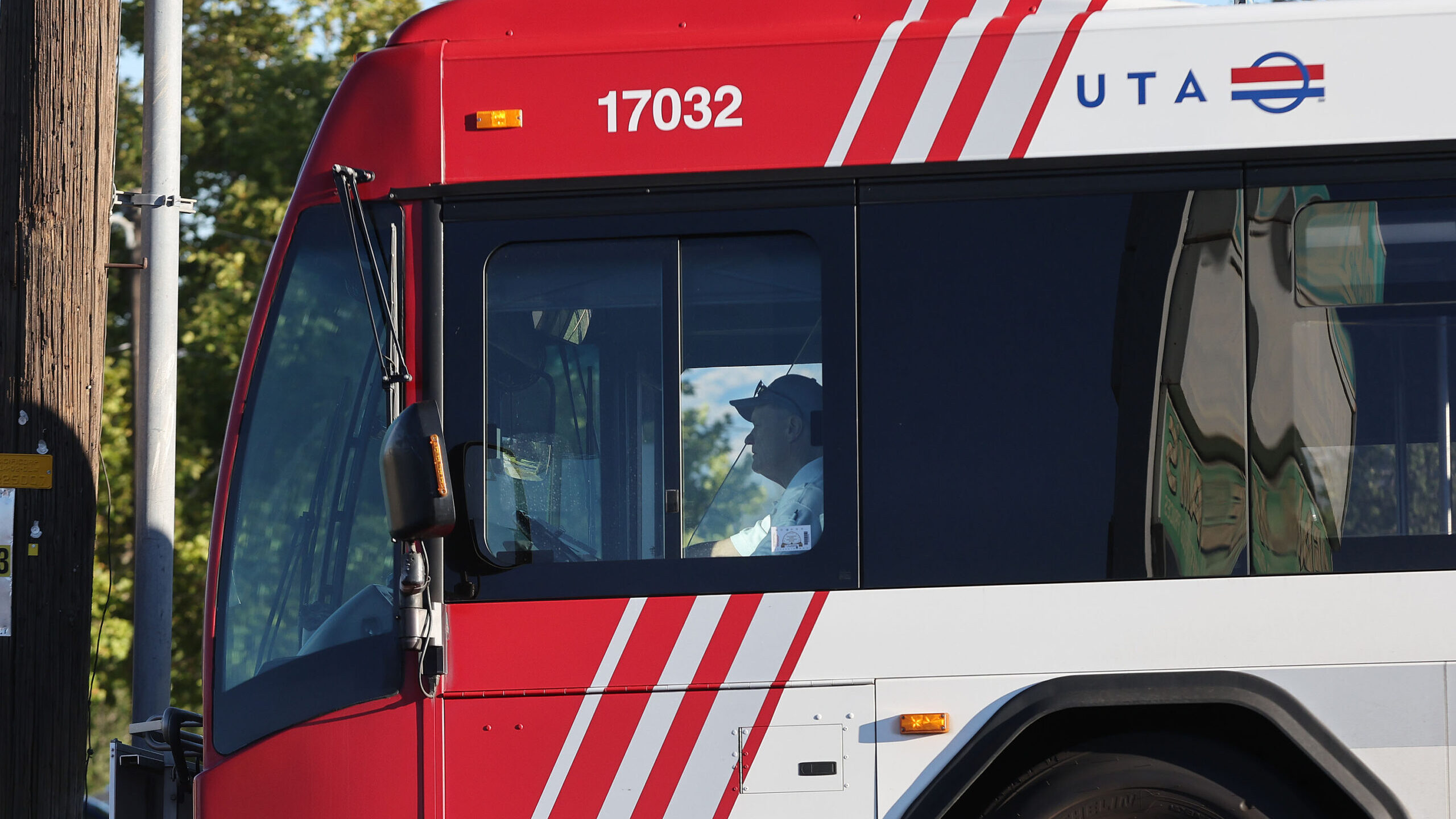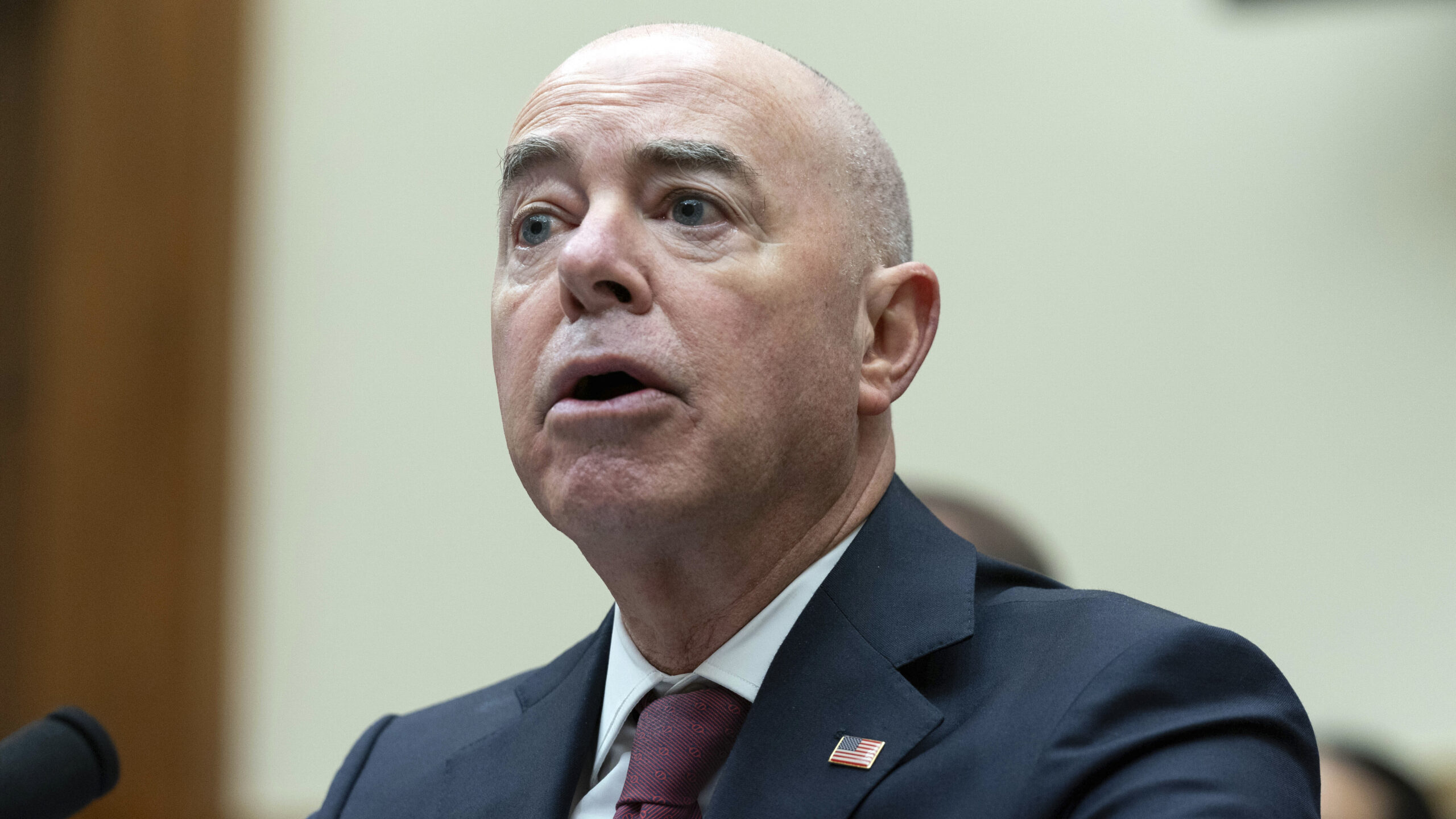How do women serving in Utah politics compare to national averages?
Feb 27, 2023, 2:00 PM | Updated: 3:01 pm

The Utah House of Representatives stand to honor families of first responders at the Capitol in Salt Lake City on Friday, Feb. 10, 2023. Photo: Scott G Winterton, Deseret News
SALT LAKE CITY — Utah lags behind most other states in terms of women running for and serving in elected political roles. However not this year according to Utah State University.
USU wanted to track Utah women in politics to see if the state’s rich heritage of females involved in voting, advocacy, and politics holds true.
In order to track the progress, the Utah State University Utah Women & Leadership Project (UWLP) led the observing.
In a press release from USU, the UWLP allegedly began reporting on the status of women in politics in 2014.
UWLP gave numerical updates in 2017, 2021, 2022, and now 2023.
“The reports [intend] to be a snapshot to identify if changes have been made,” said Susan Madsen, UWLP founding director and one of two report authors. “It is also a call to action for Utah residents and leaders to encourage and support future efforts to diversify voices on Utah’s Capitol Hill and in our cities, towns, and counties around the state.”
Utah behind national averages
Utah became a state in 1896 and UWLP found that since then, only four females served in congress.
Additionally, as UWLP points out, none of Utah’s national delegation congressional seats are being held by females. Comparatively, the national average is 27.9% female hold.
The Center for American Women and Politics at Rutgers also weighed in. In Utah, 26% of Utah legislators are female, compared to 32.7% nationally.
Utah with national averages
In comparison, Utah has 20% of executive office seats held by females and the national average is 30.3% Executive office seats include: governor or lieutenant governor, attorney general, state auditor and state treasurer.
That said, according to UWLP, Utah is one of 21 states with a female lieutenant governor.
Utah has 11 leadership positions in the House of Representatives. In 2023, women hold five, this is in comparison to only two in 2022.
The UWLP report reads, “More of Utah’s larger cities are being led by women.” Contextually, Up 6.5% from 2021, 23.8% of Utah mayors are women, In city councils, 29.8% in Utah municipalities are female. More equally, for boards of education, in 2023 women hold 54.5%.
Where are the women?
As mentioned previously, UWLP has been observing females participating in politics since 2014.
April Townsend, UWLP research fellow and a report author said they found several reasons why more women do not run for office.
“Some include societal attitudes, poor treatment of female candidates who run, biases in party politics toward traditional practices that keep women from running and networking and the way women are treated by the media,” said Townsend.
Additionally, Madsen said she understands politics are increasingly making way for women. However, Utah needs to eliminate adversities faced by females who choose to run.
“We encourage Utah leaders and residents to do more to implement and support these efforts,” said Madsen in a press release. “Research continues to confirm that when both men and women serve together in communities, counties, and states, all residents are better served and are more likely to thrive.”













